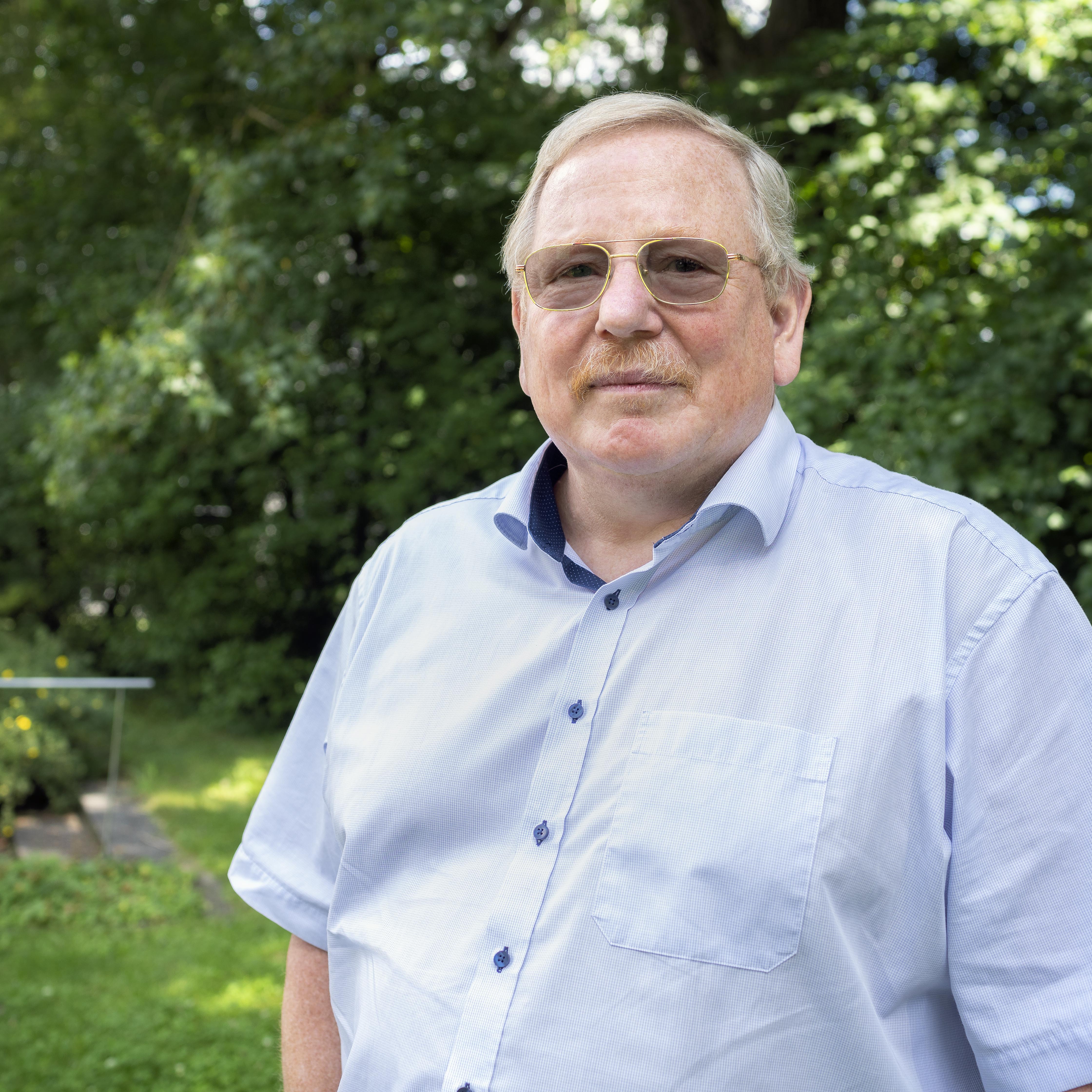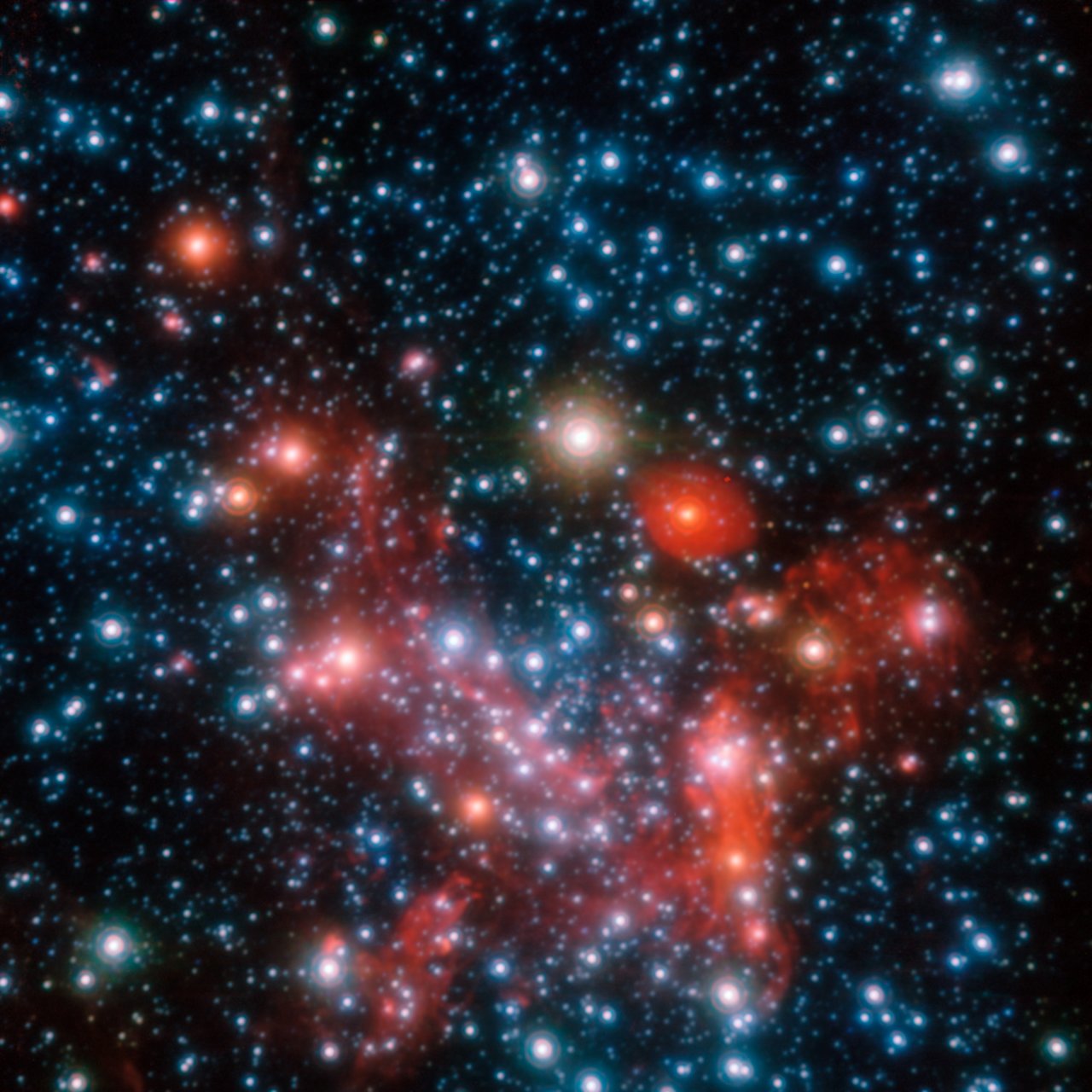
What’s Next for the Heart of the Milky Way
Reinhard Genzel on the significance and future of galactic centre research
- The importance of the latest galactic centre discovery
- What to anticipate from future observations of the Milky Way’s heart
Q: Firstly can you tell us about the observations your team have just completed?
A: The star S2 passed very close to the black hole in the centre of our galaxy, the Milky Way, just a few weeks ago. With our long-term preparations for this event, we were able to gather a lot of high-quality data, not only on the position of the star along its orbit, but also on its velocity. Indeed, over the past decade, we developed a completely novel instrument, GRAVITY, which allows us to study the galactic centre in unprecedented detail and ultra-high precision.
Q: Some members of team have worked over 16 years to prepare for these observations, since the last time S2 made a close approach to SgrA*. What have we learned in this time and what have you discovered now?
A: The first close approach in 2002 and the first full orbit, were dedicated to proving that there is indeed a supermassive black hole at the centre of our Milky Way. Actually, we now believe that all large galaxies harbour a black hole at their core. With the current observing campaign, we focused on studying the black hole in more detail to find out more about general relativistic effects and the properties of the black hole itself — and we have now found evidence of these effects.
Q: Why are your team’s observations of S2 important?
A: The black hole in our Milky Way is close enough that we are able to study individual stars near it — we can do that in no other galaxy. The star S2 is special in that it comes very close to the black hole and it completes its orbit in only 16 years. For the other stars, we can only observe part of their orbits — which also gives us some very interesting information — but in the coming years, only S2 dips so deeply into the gravitational well of the black hole.
Q: What can these observations tell us about general relativity?
A: We are observing an object in a very strong gravitational field, much stronger than anything that can be observed on Earth. We saw general relativistic effects indicated by the orbital precession, an effect we already know from the orbit of Mercury around the Sun, and the gravitational redshift, wherein the starlight changes frequency due to the strong pull of gravity. While other observations have seen general relativistic effects in a few other astronomical systems, our observations of the heart of the Milky Way, for the first time, tested Einstein’s theory in the extreme gravitational field around a massive black hole.
Q: What can these observations tell us about black holes?
A: First of all, it can tell us that black holes really do exist, and that they are not just a theoretical construct. All our observations show that there is a supermassive black hole at the centre of the Milky Way, if Einstein’s general theory of relativity holds. With this new data we can make a strong case that Einstein is right — and with general relativity in place, the only possible explanation is a black hole.
Q: What is it about these observations that make them different from the last time S2 made its closest approach to the galactic centre?
A: To observe the effects that I have mentioned above, we need very accurate data on the orbit of S2 and on its velocity. With the GRAVITY instrument, we now have a hundred-fold improvement in our astrometry, our tracking of stars, compared to the 1990s and about 20 times better data than during the last close flyby. Now, we can even follow the star’s motion from day to day.
Q: What are you looking forward to learning about the galactic centre in the future? What do you realistically expect to find out in the next few years?
A: Our first step was to look for one particular post-Newtonian effect, namely, that clocks tick more slowly in a gravitational field. But predictions from the theory of general relativity are far more astonishing. If the black hole has a spin, spacetime itself will rotate, pulling the stars along with it. The unprecedented resolution and sensitivity of our GRAVITY instrument — we hope — will allow us to measure this effect using faint stars at an even closer orbit. Such measurements might also allow us to determine if there are additional massive objects, such as stellar-mass or intermediate-mass black holes, close to the galactic centre as predicted by many theorists. Furthermore, we also hope to see gas orbiting at distances very close to the black hole. We do see gas emission shining up regularly, and we hope to push our instrument a bit further, such that we can see how the emission runs around the black hole - within less than half an hour or so! This would be the full relativistic regime, and correspondingly exciting!
Q: Why should we continue studying the galactic centre? What mysteries are still unsolved?
A: The black hole in the galactic centre is the ideal laboratory to study these extreme objects. Ultimately we want to bring together the theories of quantum mechanics and gravitation, which could lead to new physics. Theorists predict that this should happen close to the event horizon, the point from which leaving a black hole becomes impossible.
Numbers in this article
| 16 | Number of years S2 takes to complete one orbit around SgrA* |
| 2002 | The year of the first observed close approach |
Links
- Research Paper: “Detection of the Gravitational Redshift in the Orbit of the Star S2 near the Galactic Centre Massive Black Hole“, by the GRAVITY Collaboration, to appear in the journal Astronomy & Astrophysics
- Preprint of paper in A&A
- Press release
- First blog post “Advancing Technology for Galactic Observations”
- Second blog post “Eyeing the Centre of the Milky Way”
- Max Planck Institute for Extraterrestrial Physics (MPE) Galactic Centre Research Group
- GRAVITY webpages at the Max Planck Institute for Extraterrestrial Physics
Biography Reinhard Genzel
Reinhard Genzel is director at the Max Planck Institute for Extraterrestrial Physics (MPE) in Garching, Germany and a leading figure in galactic centre research. He has won numerous awards for his research contributions to submillimetre and infrared observations of the centre of the Milky Way. Genzel is also professor at the University of California, Berkeley, in the Graduate School of Physics.



